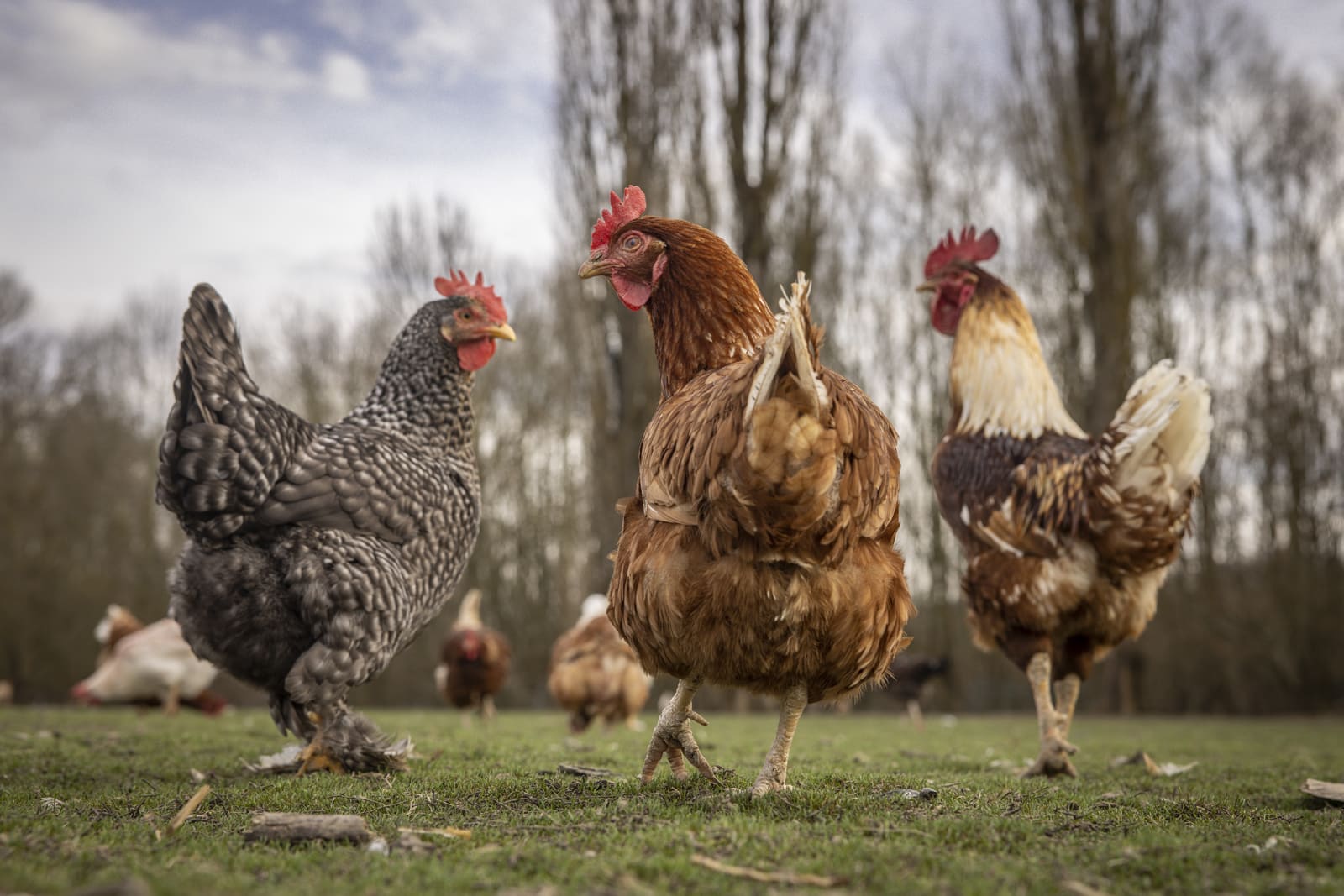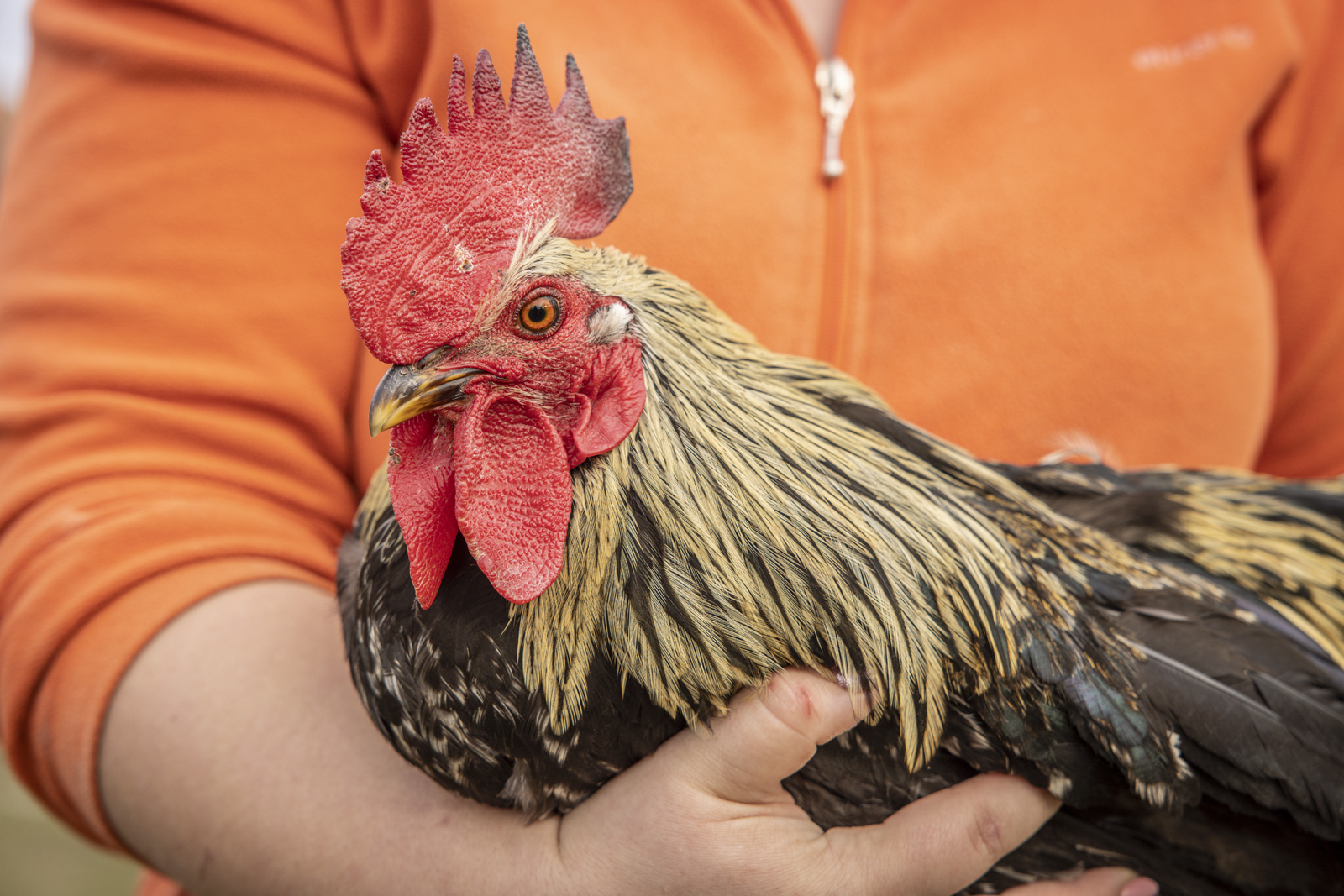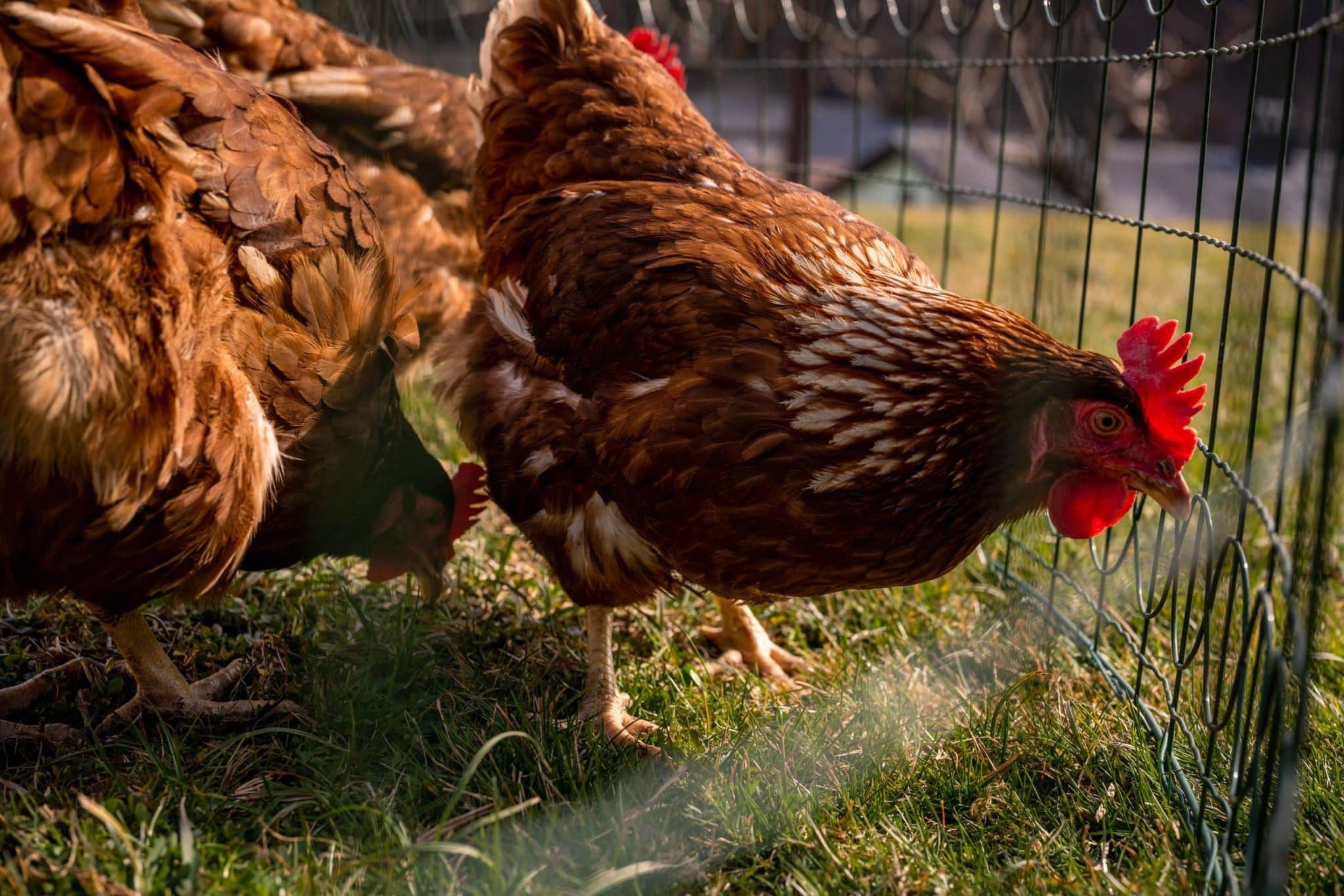Are you a beginner interested in raising backyard chickens but unsure where to start? If this is your first time, you likely have many questions: Should you start with chicks or mature birds? What should chickens eat, and how much? What kind of shelter do they need? How do you care for them? Although it may seem overwhelming, understanding the basics will set you on the right path.

Essentials for Raising Backyard Chickens
To raise backyard chickens, you need to provide four basic things: food, water, shelter, and protection. Chickens are relatively self-sufficient; they don’t require constant attention and can entertain themselves by pecking, scratching, and digging. Many find raising chickens to be an enjoyable and relaxing hobby once they get started.
Feeding Backyard Chickens
Properly feeding your chickens is straightforward. Mature chickens typically eat about ¼ pound of food per day, usually in pellet form available at your local feed store. Using a gravity-fed chicken feeder can save time by keeping their food stocked. While pellets provide a balanced diet, adding fresh greens, vegetables, and fruit will enhance their nutrition.
- Pellets: Contain a balanced mix of protein, calcium, and nutrients. Layer pellets are designed for egg-laying hens but are also safe for roosters. Grower pellets are suitable for younger chickens (pullets).
- Scratch Grains: Composed of cracked whole grains, these should be given as treats, not as a primary food source, due to their lower nutritional value. Provide grit (small stones) to help chickens digest scratch grains.
- Greens and Fruits: Leafy greens like lettuce, kale, turnip greens, and chard, as well as fruits like watermelon, blueberries, and strawberries, are excellent supplements.
Providing Water
Chickens need a constant supply of clean, fresh water, drinking about a pint a day depending on the temperature. In hot climates or summer, check their water supply frequently. Automatic watering systems can simplify this task, ensuring a continuous flow of fresh water.
Shelter Requirements
Whether your chickens are in a pen or free-ranging, they need shelter for protection from predators and weather, as well as a place to lay eggs and roost at night.
- Coop: The basic shelter for chickens, where they sleep and lay eggs. The coop should provide 3 to 5 square feet per chicken, with about 8 inches of roosting space each and 1 nesting box for every 3 to 5 hens. An automatic chicken coop door, such as the one from Run-Chicken, offers added protection and convenience, automatically opening at sunrise and closing at sunset.
- Run: A fenced area attached to the coop, providing space to roam. The run should offer about 10 square feet per chicken. Placing feeders and waterers in a shady spot in the run is ideal. Ensure direct access from the run to the coop.
- Nesting Boxes: Needed for hens to lay eggs, usually lined with straw or wood shavings. One box per 3 to 5 hens is sufficient. Run-Chicken’s hexagon-shaped aluminum nesting boxes are sturdy and secure, featuring a lip to prevent egg loss.
- Roosts: Bars where chickens sleep at night, requiring about 8 inches of space per chicken. Position roosts to avoid soiling food or water below. A tarp or other system can collect manure for use as fertilizer.
Protecting Your Chickens
Chickens attract predators like hawks, foxes, raccoons, and even rats and mice. To protect them, use sturdy wire fencing for the run and coop, covering the top to keep out flying and climbing predators. Run-Chicken’s automatic coop door ensures your chickens are securely locked in at night.
Additional Tips for Beginners
- Egg Laying: Hens lay about one egg per day, with some breeds laying up to 300 eggs per year. Collect eggs daily for freshness. Hens lay fewer eggs in winter. Roosters are not needed for egg production but can lead to fertilized eggs, which are still safe to eat.
- Molting: Chickens lose and regrow feathers during molting, looking scraggly temporarily. This process varies by breed and climate.
- Pecking Order: Chickens establish a hierarchy called a pecking order. Larger birds usually dominate. Avoid mixing small and large breeds to prevent bullying.
- Climate Considerations: Chickens are hardy and can tolerate below-freezing temperatures but prefer warmer climates. Research breeds suitable for your area.
Raising backyard chickens can be a relaxing hobby. Once you learn the basics, you’ll have a backyard full of happy, healthy, feathery friends. For more tips, check out this Rookie’s guide to raising backyard chickens or join our Facebook group Chicken&Egg Lovers.


